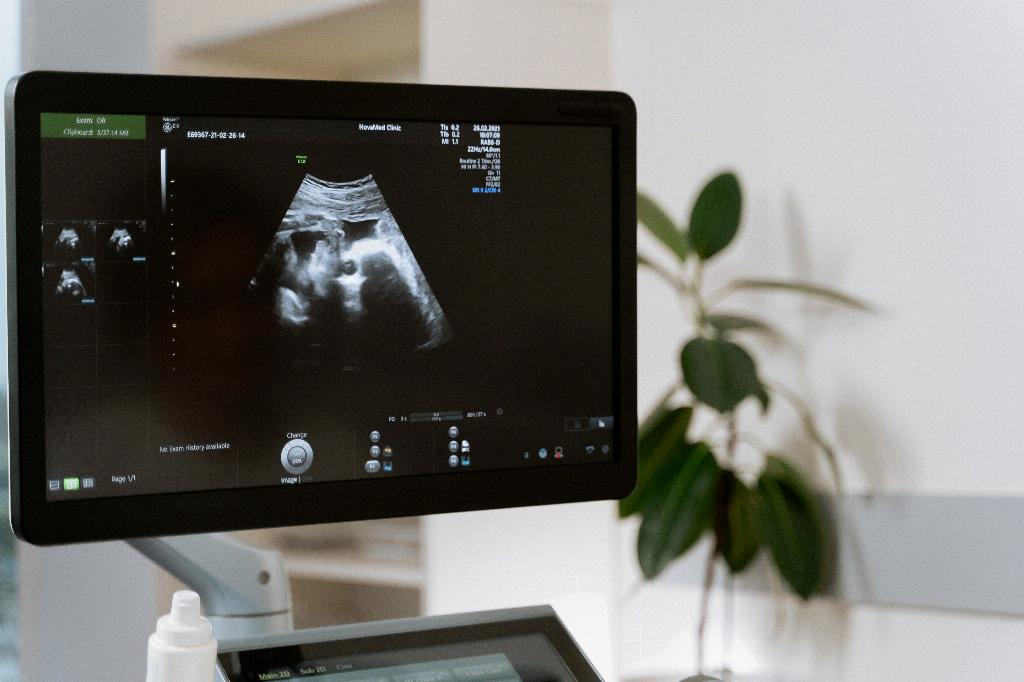When it comes to the topic of failed pregnancies, there are various factors and statistics to consider. It’s crucial to understand that approximately 10% to 20% of known pregnancies end in miscarriage. However, this percentage may not represent the full picture as there are instances where the loss of pregnancy occurs at very early stages, often before the individual is even aware of being pregnant.
The Reality of Miscarriage
The term “miscarriage” encompasses the loss of a pregnancy, and it may give the impression that something went wrong during the carrying of the pregnancy. In reality, miscarriages can happen due to various reasons, many of which are beyond the individual’s control. Factors such as chromosomal abnormalities in the fetus or issues with the development of the embryo can contribute to a miscarriage.
Emotional Impact of Miscarriage
Experiencing a failed pregnancy, such as a miscarriage, can have a profound emotional impact on individuals and couples. It is essential to recognize that feelings of grief, loss, and confusion are common reactions to such an event. Seeking support from healthcare professionals, loved ones, or support groups can be beneficial in processing these emotions.
Risk Factors for Miscarriage
While miscarriages can occur for various reasons, certain risk factors may increase the likelihood of experiencing a failed pregnancy. Advanced maternal age, underlying health conditions such as diabetes or hormonal imbalances, and previous history of miscarriage can all contribute to an increased risk of pregnancy loss.
Understanding Early Pregnancy Loss
Early pregnancy loss, often referred to as a chemical pregnancy, occurs when the fertilized egg fails to implant successfully in the uterus or stops developing shortly after implantation. While these losses can be devastating, they are more common than individuals may realize and are often attributed to genetic or chromosomal abnormalities in the embryo.
Reducing the Risk of Miscarriage
While not all miscarriages can be prevented, there are steps individuals can take to help reduce the risk of pregnancy loss. Maintaining a healthy lifestyle, including a balanced diet, regular exercise, and managing stress, can contribute to overall reproductive health and potentially reduce the risk of miscarriage.
Seeking Support and Guidance
It’s essential for individuals who have experienced a miscarriage or are concerned about the risk of pregnancy loss to seek support and guidance from healthcare providers. These professionals can offer valuable information, support, and resources to help individuals navigate their fertility journey and address any underlying concerns.
Recognizing Signs and Symptoms
Being aware of the signs and symptoms of a potential miscarriage, such as vaginal bleeding, cramping, or sudden loss of pregnancy symptoms, is important for early detection and prompt medical intervention. If individuals notice any concerning changes or symptoms during pregnancy, it is crucial to consult a healthcare provider promptly.
Addressing Mental Health and Wellbeing
In addition to physical health considerations, it’s vital to address mental health and wellbeing during the process of dealing with a failed pregnancy. Seeking therapy, engaging in self-care activities, and connecting with others who have experienced similar challenges can all contribute to emotional healing and resilience.
Looking Towards the Future
While experiencing a failed pregnancy can be a challenging and emotional journey, it’s essential to remember that there is hope for the future. Many individuals who have experienced miscarriage go on to have successful pregnancies and healthy babies. By taking proactive steps to care for both physical and emotional well-being, individuals can work towards a positive outcome in their fertility journey.
Conclusion
In conclusion, the chances of a failed pregnancy, such as miscarriage, are a reality for many individuals. By understanding the factors that contribute to pregnancy loss, seeking support and guidance, and taking proactive steps towards reproductive health, individuals can navigate the complexities of fertility with resilience and hope for the future.

